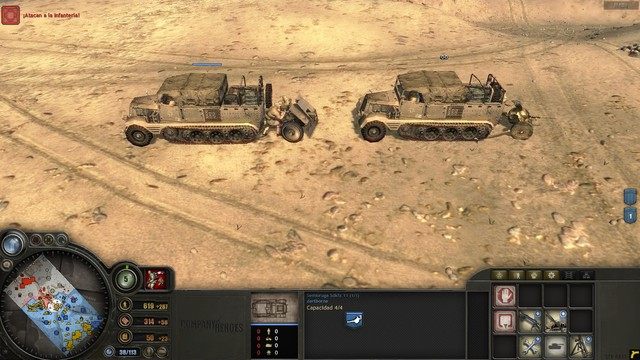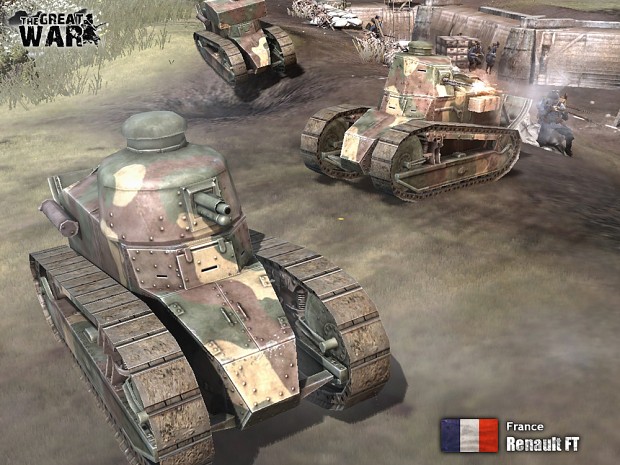


Soldiers in the east dined on European bison, nearly exterminating a keystone species in the great boreal forest of Białowieża. Warfare accelerated environmental change that had begun in the previous century. Comparing the fate of the fighting fronts to timber harvesting around the world, tin mining in Malaysia, oil extraction in Mexico, and wheat farming in the United States and Canada reveals a far more complicated picture of the war’s environmental legacy than what photographs of No Man’s Land suggest.Īrmies altered ecosystems on every fighting front.

Paradoxically, longer-term environmental transformations occurred behind the lines, away from the killing fields. Flora quickly recovered and fauna soon returned. But how appalling was this environment for those who had labored in mines, emptied brimming cesspools, bathed in polluted rivers, or slept in slums? Was the war’s onslaught against nature so different from what industrialization had wrought in the years leading up to 1914? How then should we measure the war’s ecological impact and define its “destruction” of the ecosystem? Examining environmental change across the globe shows that while battlegrounds endured the storms of steel, the resulting distortions of nature there were short-lived. The war’s impact on the land horrified university-educated soldiers groomed in the romantic appreciation for nature. Yet we must be careful with how we interpret contemporary descriptions of desolation. Scenes of utter devastation, ruined landscapes pitted and cracked with craters and trenches, quickly became a metaphor for the Great War’s waste. Familiar pictures of the Western Front tell the story. Nature bore the brunt of industrialized warfare. Yet only by taking the environment into account can we fully understand the trauma of the Great War and how this conflict shaped the most basic levels of human existence for years afterwards. Such is the paradox of the environment in times of war: nature is both omnipresent and invisible. History books typically regard the environment as the backdrop for battle or as collateral damage, if they consider the natural world at all. With ravaged farmlands, charred trees, and muddy quagmires as iconic images of the conflict, we have tended to take for granted the place and role of nature. While many contemporaries mourned the fate of blasted lands along the front lines, the natural world often remains a voiceless casualty of war in current scholarship.


 0 kommentar(er)
0 kommentar(er)
